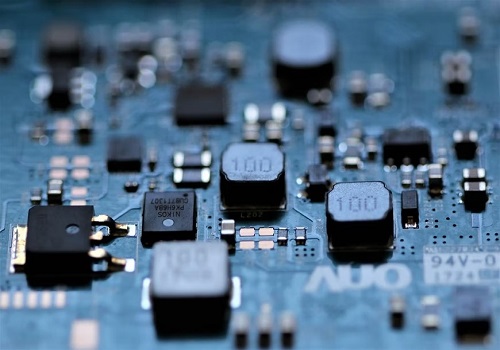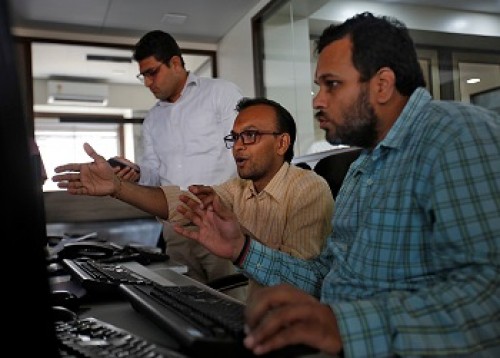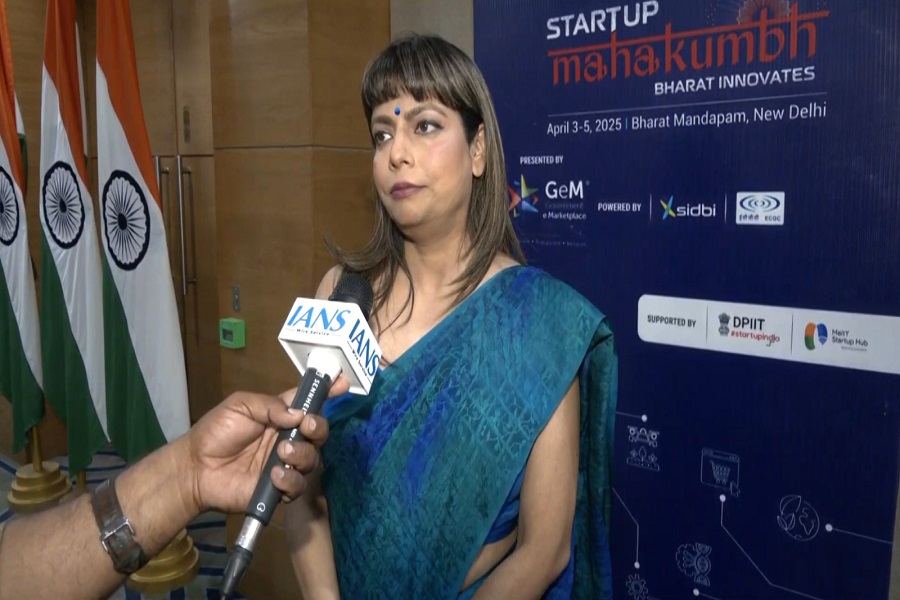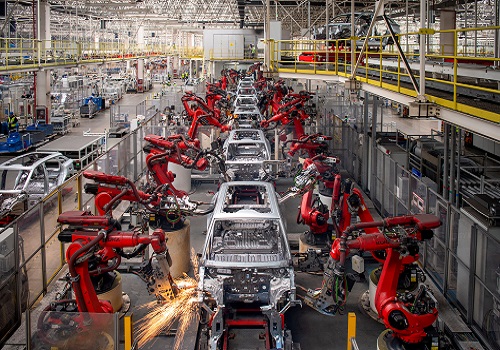Semiconductor chips shortage to normalise, lead time to be higher: Moody's Analytics

The shortage of semiconductor chips that goes into various items to normalise sometime in next year while the lead times continue at a higher level, Moody's Analytics said in a report.
"While we see lead times remaining elevated through the end of the year, we expect the chip shortage to normalise sometime in 2023," said the report.
According to Moody's Analytics, last month was the first time since the start of the pandemic the lead time fell from 27.1 weeks to 27 weeks.
"While the decline is notable given the upward trend in lead times in the past couple of years, 27 weeks is still far from the norm, and we expect lead times to remain elevated going into 2023," the report notes.
Creating new supply for chips is a multiyear process and involves significant time and resources to build a new foundry/plant.
There is also significant lead time in obtaining the lithographic machines needed to make the chips themselves.
According to the report, considering the chip shortage, many corporates resorted to ordering more than they needed, resulting in excess inventory.
At the core of the chip shortage is the fact that most of the world's advanced chips (size 7 nano metre, or nm, and less) aremanufactured in Taiwan and South Korea, and there are significant entry costs to penetrate this market, said the report.
"To put this in perspective, China has spent more than $10 billion over the past decade investing in its semiconductor industry, and its largest manufacturer only recently announced that it is finally able to produce 7nm chips, though the frontier has already moved to much smaller chip sizes," the report notes.
Even for companies like the Taiwan Semiconductor Manufacturing Co. and Samsung it takes years before they are able to build a new foundry, or plant for making chips.
That apart, the geopolitical situation may also affect semiconductor production.
According to Moody's Analytics, China has restricted sand exports to Taiwan following the visit of Speaker of the US House of Representative, Nancy Pelosi to Taiwan. China could restrict other exports critical to chip production if the situation escalates.
The other geopolitical event that has significant ramifications for the chip shortage is the Russian invasion of Ukraine.
Both countries are significant producers of neon, palladium, helium and other inputs important for chip manufacturing. The reason this has not disrupted the chip supply chain more radically is because some chipmaking companies have lithographic machines that recycle more than 80 per cent of the neon and noble gases used in production. It remains to be seen whether this will have a more material impact if the military conflict persists.
Moody's Analytics see some divergence in the demand and supply balance for various chip applications. Chips used for networking, optimal and telecommunications equipment are in short supply field-programmable gate arrays have lead times in excess of 50 weeks.
By contrast, microcontroller units as well as power and memory chips have seen some of the largest declines in lead times.
"We expect lead times and prices for memory applications to stabilize, but can see prices and lead times rising for discrete and analog applications if the aforementioned production pressures continue," Moody's Analytics said.
























